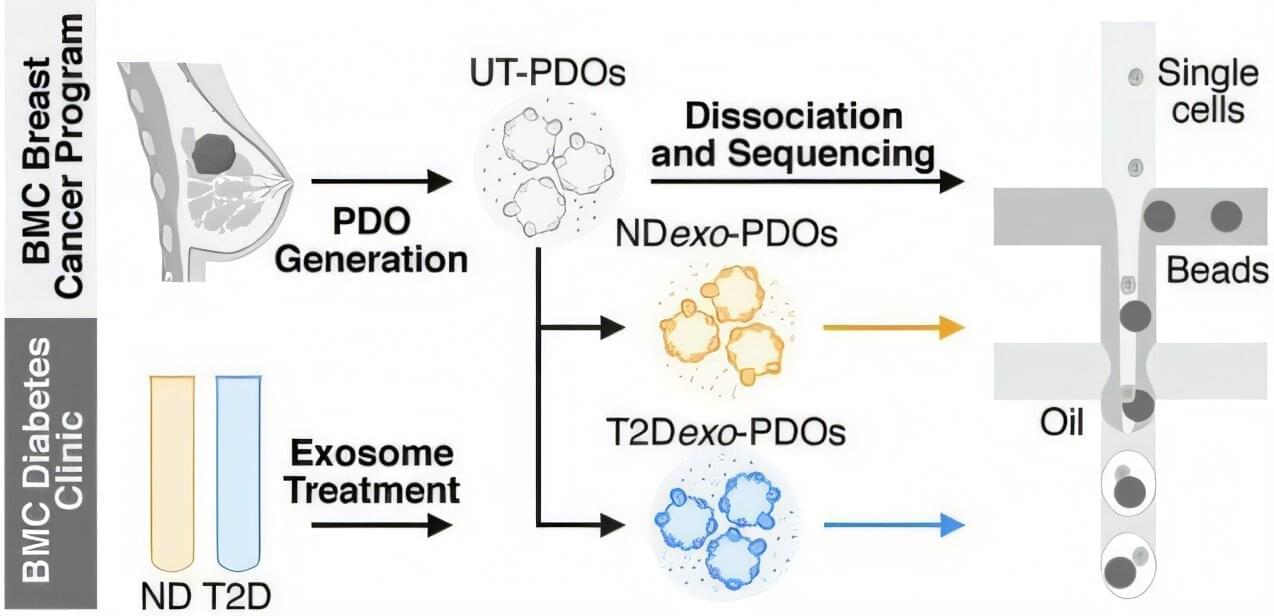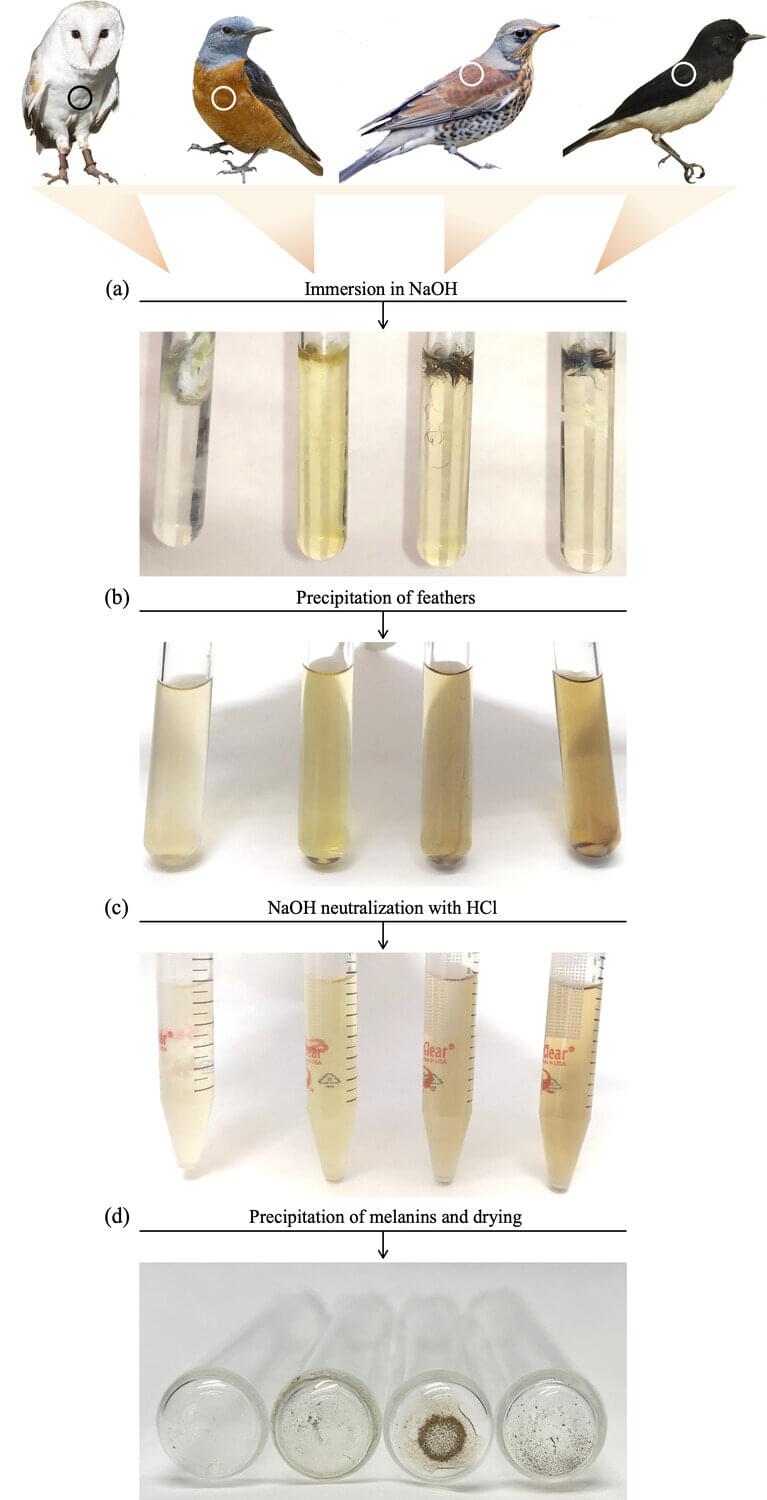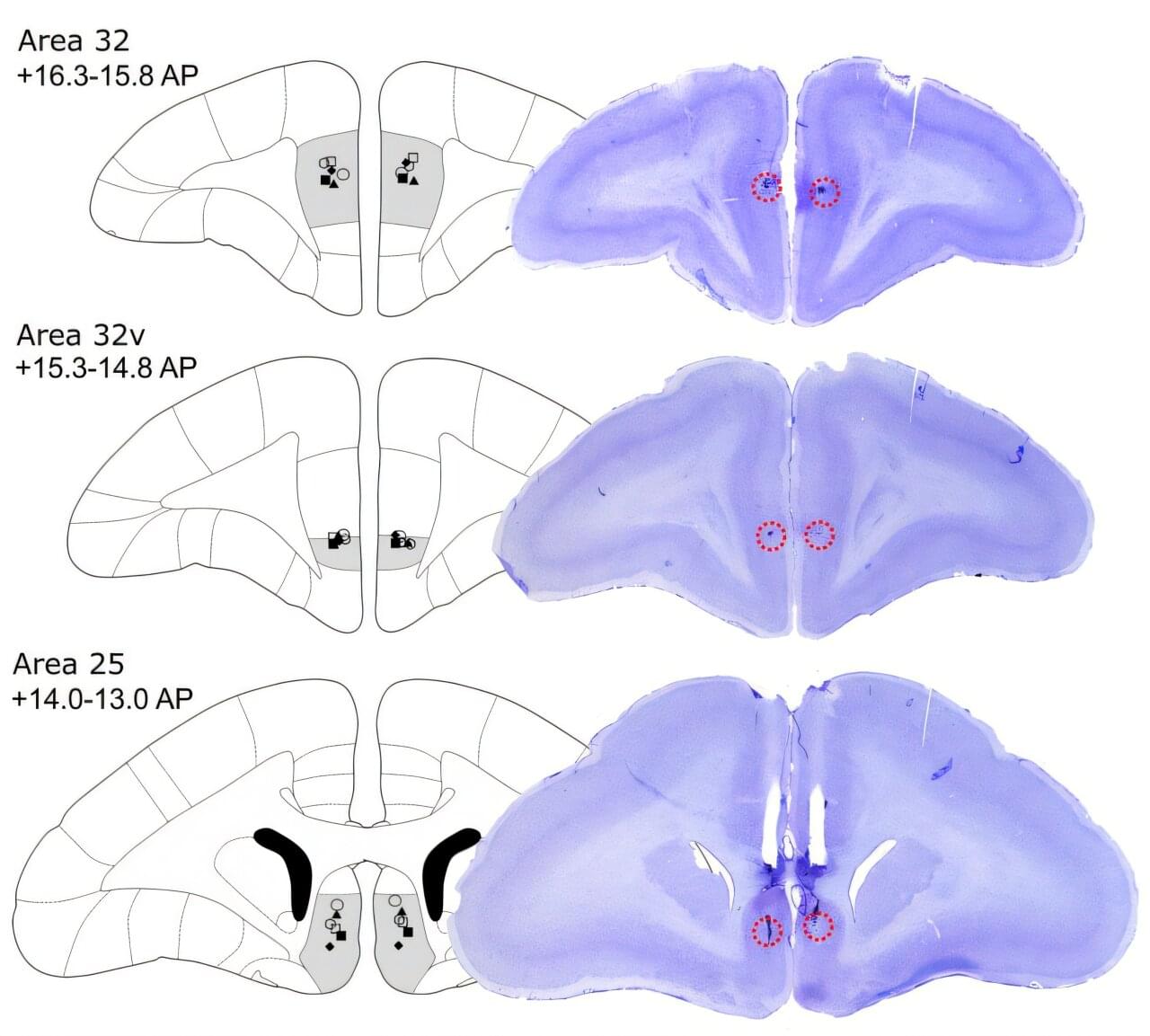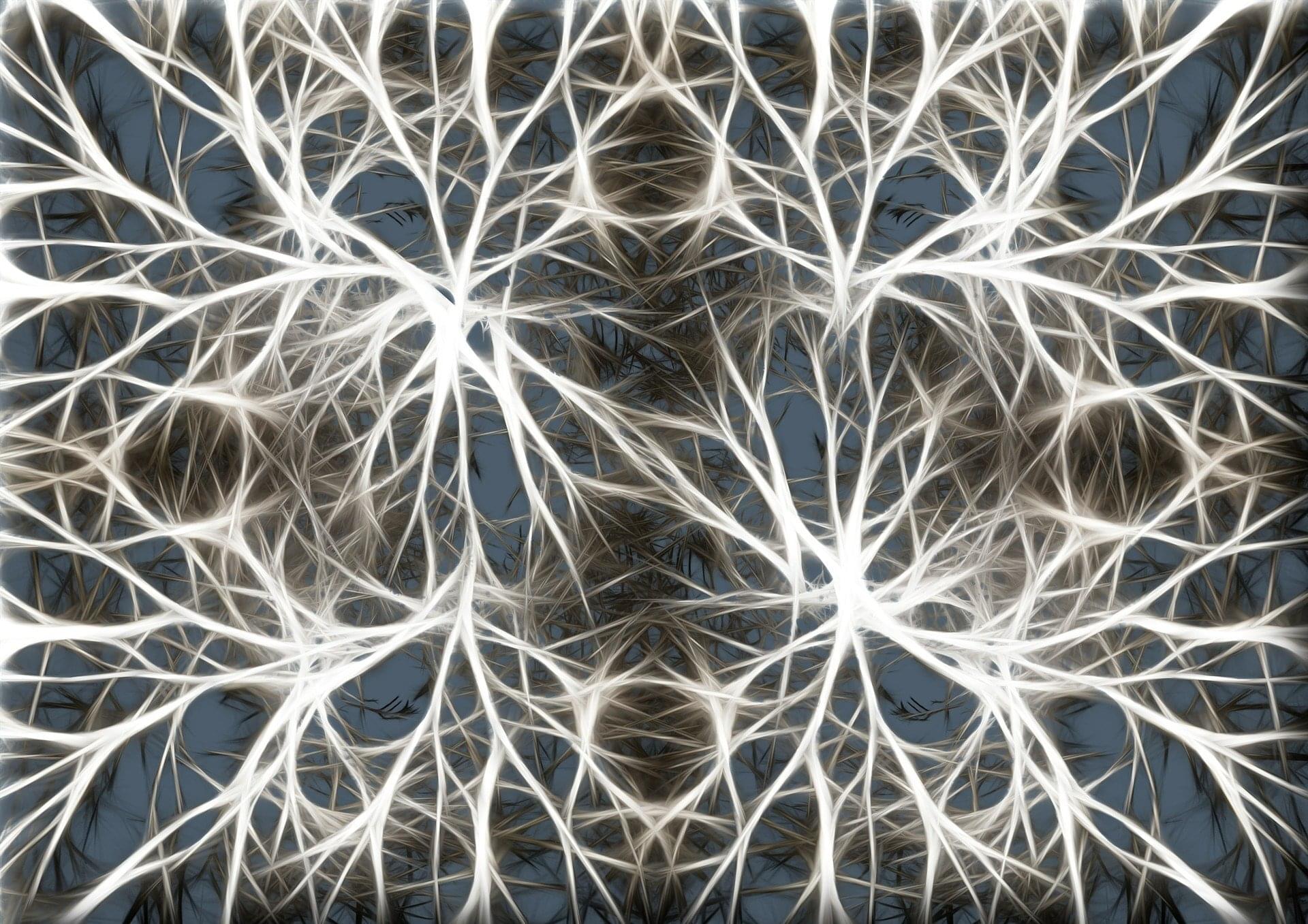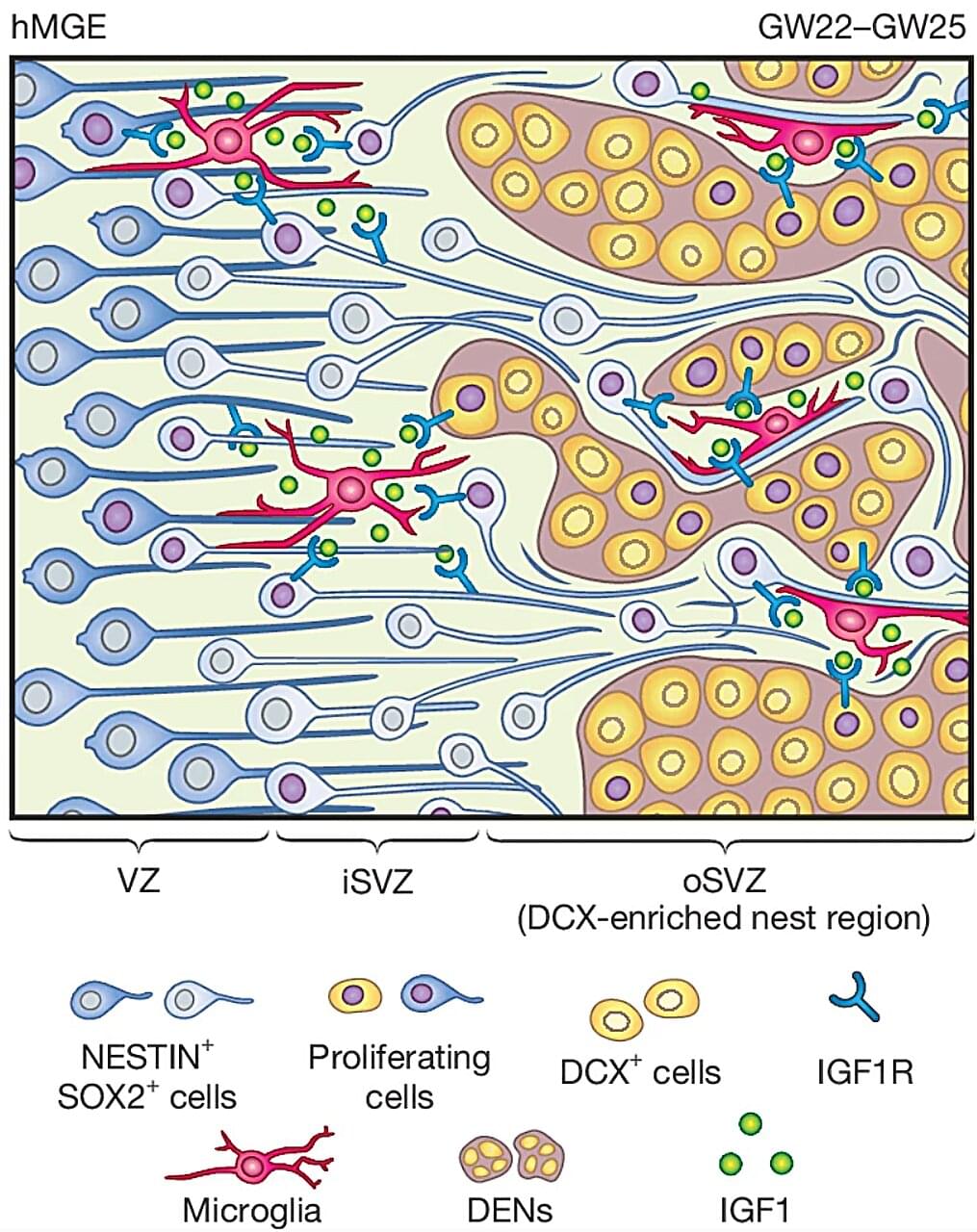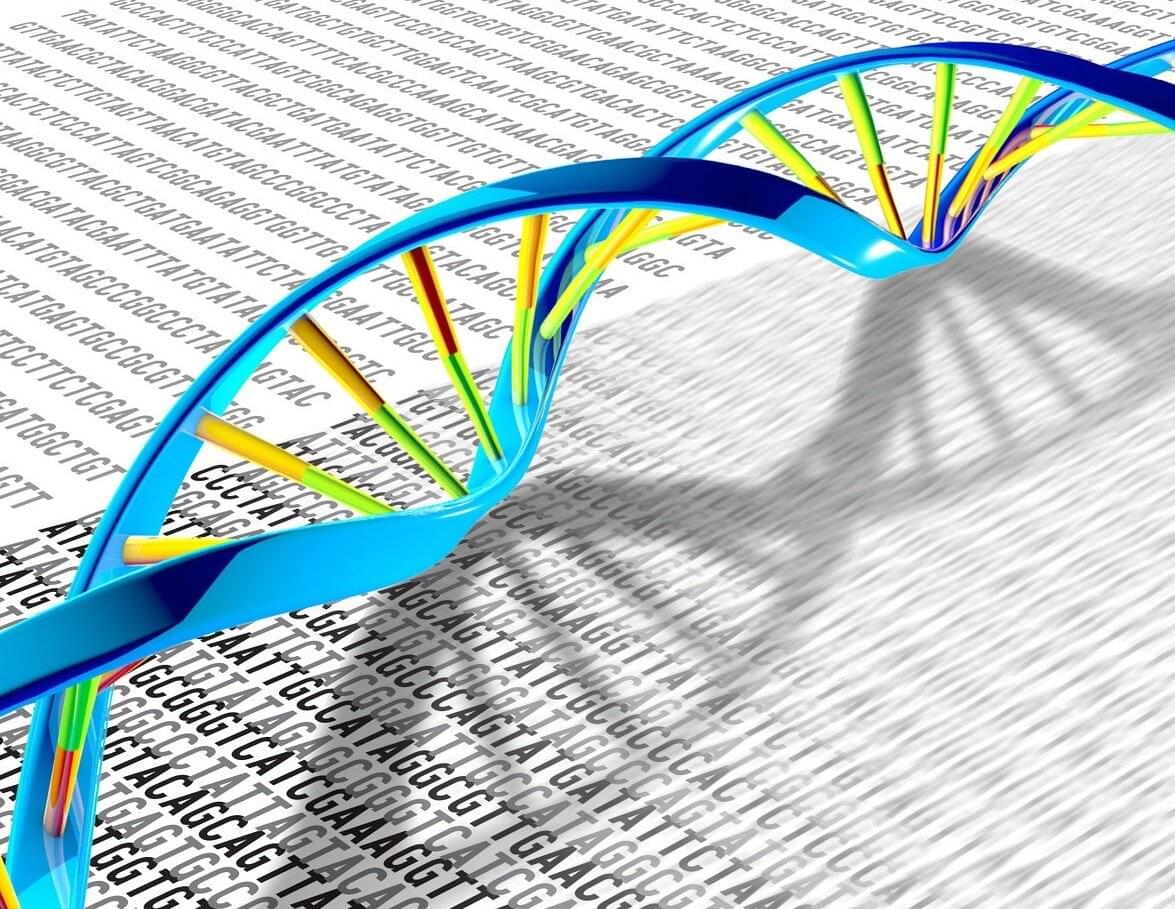Birds are some of the most striking creatures on Earth, coming in a rainbow of colors that serve several important functions, such as attracting a mate and communicating with other birds. These vibrant hues are produced by pigments, primarily melanin, but a major unknown until now was how much these pigments weigh. Since wings need to be as light as possible for flight, understanding pigmentation weight may tell us something about the trade-off between the evolutionary benefits of colored feathers and the physical cost of carrying that weight.
In a new study published in the journal Biology Letters, scientists from Spain have investigated how much melanin adds to the weight of feathers and the difference in weight between the two main chemical forms of melanin—eumelanin (responsible for brown and black colors) and pheomelanin (responsible for reds and lighter colors).
The researchers analyzed the feathers from 109 bird specimens across 19 different species, including the common kingfisher (Alcedo atthis), the golden eagle (Aquila chrysaetos) and the Eurasian bullfinch (Pyrrhula pyrrhula). They examined feathers with mixed colors and those with single, pure colors, and used a chemical process involving sodium hydroxide or caustic soda, as it is more commonly known, to extract the pigments. Once extracted, they were weighed and compared to the original weight of the feathers.
